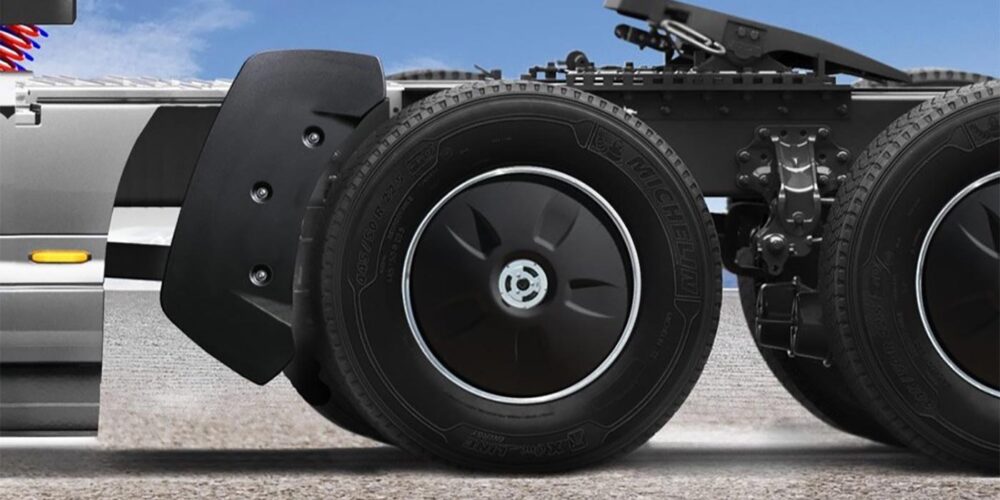For those charged with keeping rolling stock and equipment on-the-road and fully operational, battery performance and extending life cycles is a critical budget line item. Failure is simply not an acceptable option, as PulseTech Products Corp. explains proper battery procedures.
The workhorse lead-acid battery handles the lion’s share of stored electrical power requirements in most of today’s commercial vehicle and mobile equipment fleets. This includes VRLA, standard flooded and the newer sealed AGM types. As good as these batteries are they all suffer from the same main failure mode—80% of all lead-acid batteries fail due to the damaging effects of sulfation build up. If left unmanaged, sulfates found in the electrolyte will crystallize and root onto the battery plates and eventually result in premature battery failure. This is especially true with seasonally used vehicles and vehicles with key off parasitic loads on the electrical system.
There is no single fix to keep those lead-acid based batteries at peak performance. Fleet managers should employ a series of high tech smart tools, including analytical testers, battery stock maintainers, heavy-duty rolling multiple battery chargers and the single station recovery chargers for seriously under maintained batteries. Recommended is a scheduled routine “cradle to the grave” maintenance program that clearly defines procedures in handling and safety, preventative and corrective maintenance, testing and diagnostics, charging and ultimately battery replacement.
The three main components of a battery maintenance program are:
– Diagnostic testing to enable users to take proactive steps to improve the life of the battery and eliminate unnecessary failure;
– Preventative maintenance to prevent or mitigate premature battery failure; and
– Corrective maintenance to reverse or correct a problem that has occurred.
Fleet and equipment batteries can outperform the standard lifecycle, saving thousands of dollars in annual replacement costs and keeping downtime to a minimum if routine maintenance procedures are followed.
When vehicles are brought into the shop, batteries should be tested to ensure they are holding a charge within 0.2 volts of each other. Using an electronic battery tester this can be done in under a minute.
Causes of battery failure
– Sulfation buildup on plates.
– Engine alternator voltage and/or amperage is too low.
– High accessory loads (lights, radios, GPS).
– Battery imbalance.
– Mixing different battery types together.
– Leaving stored batteries in a discharged condition.
– Acid on the outside of the battery case.
Technicians can employ a shop charger to recover, maintain and return the batteries to a like new state. Once the batteries are charged they are again checked; this time for full serviceability with an advanced battery analyzer. If a battery does not test to its CCA-rated standards, then it can be placed back on the shop charger tested again and disposed of if it still doesn’t meet standards. /













